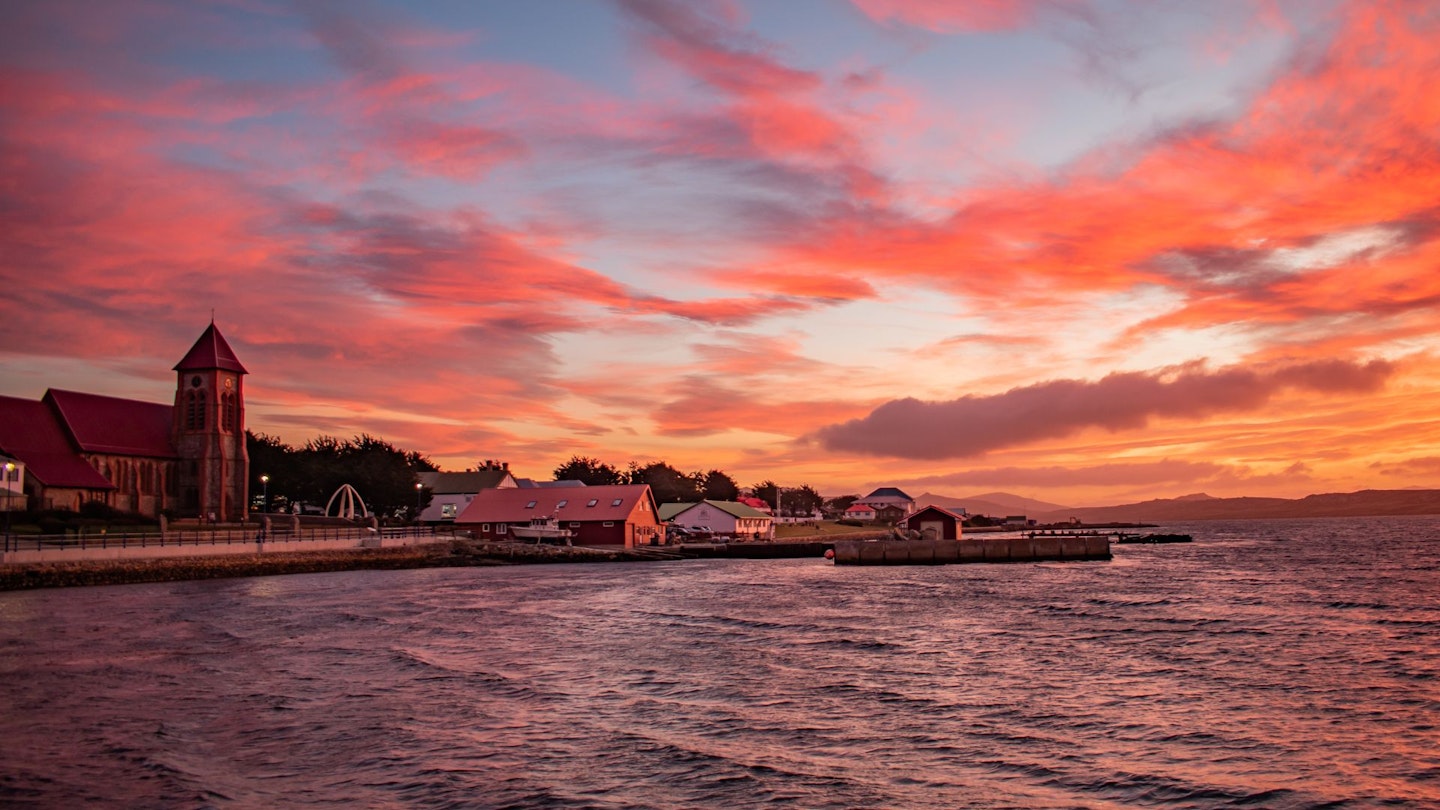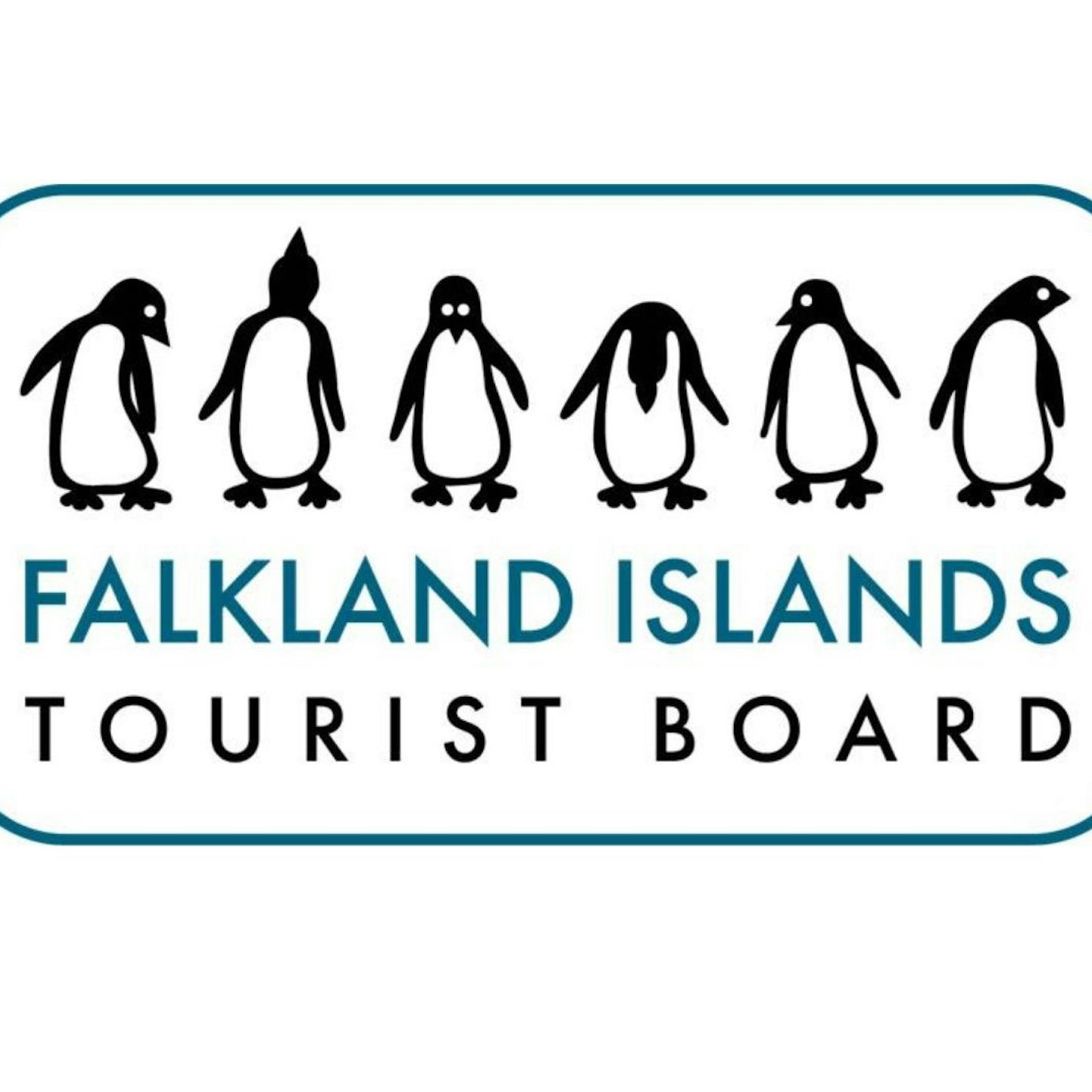In the far South Atlantic Ocean lies an incredible archipelago of stunning white sand beaches, beautiful blue bays and sparkling aquamarine coves. It’s a remote island landscape of rocky crags, rolling hills and wild uplands.
This is the Falkland Islands, home to an array of spectacular wildlife, as well as endless opportunities for adventure – and very few people. As one of the last great wilderness destinations, it’s a true bucket list trip for lovers of the great outdoors.
Enjoy unparalleled views on a bright, clear day. Inhale fresh, clean air and the sounds of birdsong, the sea lapping the shore, the whistle of the breeze in the hills or glorious, unspoilt silence.
At the end of each day’s adventure, you can look forward to traditional cosy Falkland Islands’ hospitality in the hotels, lodges and guesthouses scattered around the islands, with delicious home-cooked food on offer.
More to explore
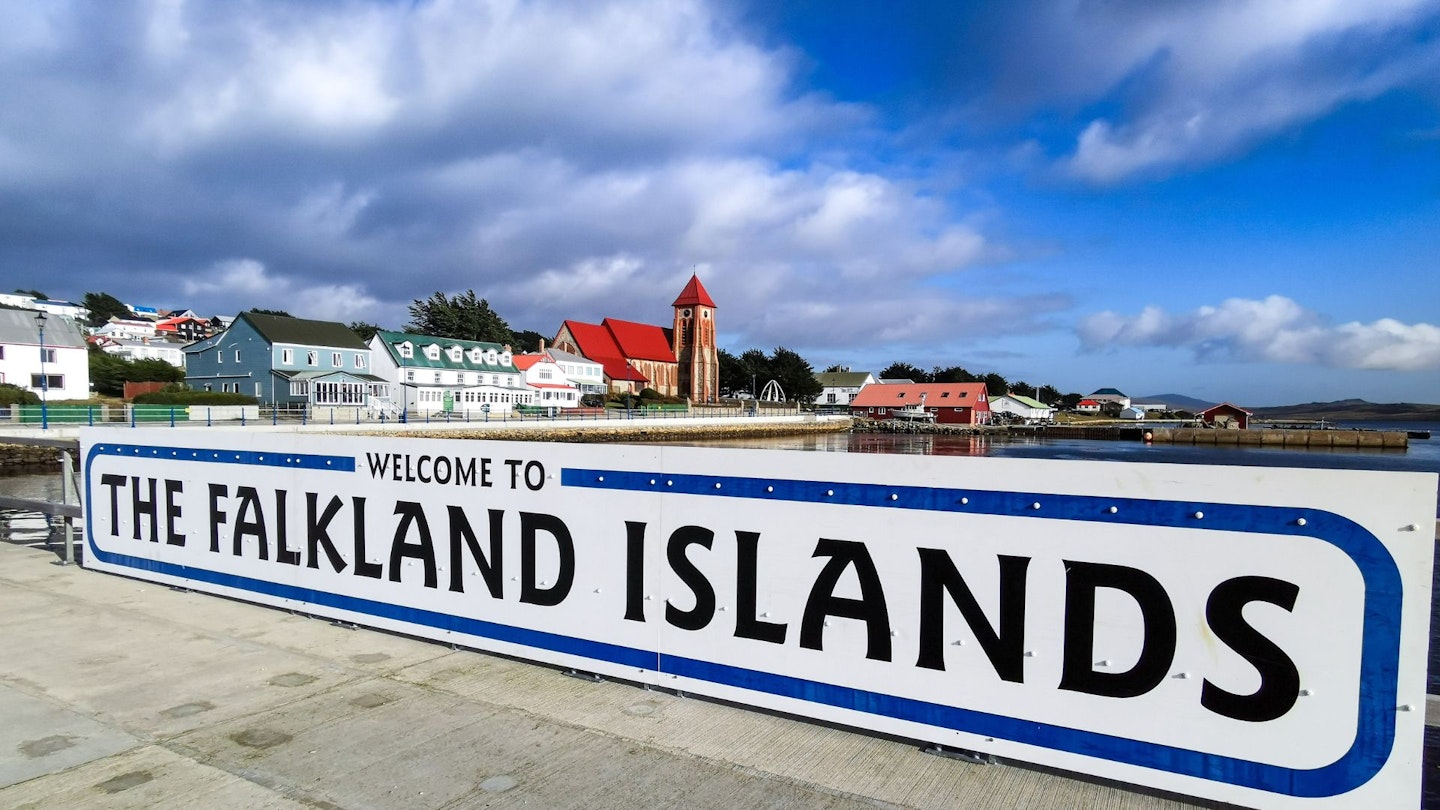
The archipelago consists of over 740 islands. The two main islands are East Falkland and West Falkland, with others of varying sizes, some just tiny rocky outcrops or tussocky flatlands. This diverse terrain makes it a perfect location for hiking, from coastal walks to mountain treks.
East Falkland is home to the capital, Stanley, where most of the island’s residents live and work. It’s also a popular base for visitors and holidaymakers. Around Stanley there are plenty of opportunities to explore the surrounding hills along with beautiful beaches to discover. Elsewhere on East Falkland, West Falkland and the smaller islands, local guides and tour operators can suggest walks for all abilities, from short scenic strolls to strenuous hikes, taking in sites of interest and wildlife hotspots.
You could even tackle Mount Usborne on East Falkland, the highest peak at 705m (2,312 feet). It’s a challenging day walk but boasts spectacular panoramas and exhilarating scrambles. Other popular places to walk include the headland of Volunteer Point with its large king penguin colony; historic Darwin and Goose Green; isolated Sea Lion Island – a focal point for bird life; Port Howard on West Falkland; The Neck (with the chance to spot elephant seals at Elephant Point); and Weddell Island, which boasts great spots for whale-watching and sea lion spotting. Of course, in addition to walking, you could run, climb, dive or kayak.
Specialist providers can help kit you out and take you to some spectacular places. Even travelling around is an adventure in itself, with islander aircraft on hand to transport you between grass and all-weather airstrips, offering spectacular aerial views and the chance to spot a host of other sea life, from whales to dolphins. Meanwhile, most land-based journeys are by 4x4, offering epic views of hilltops, moorland, mountains and ridge lines.
When to visit
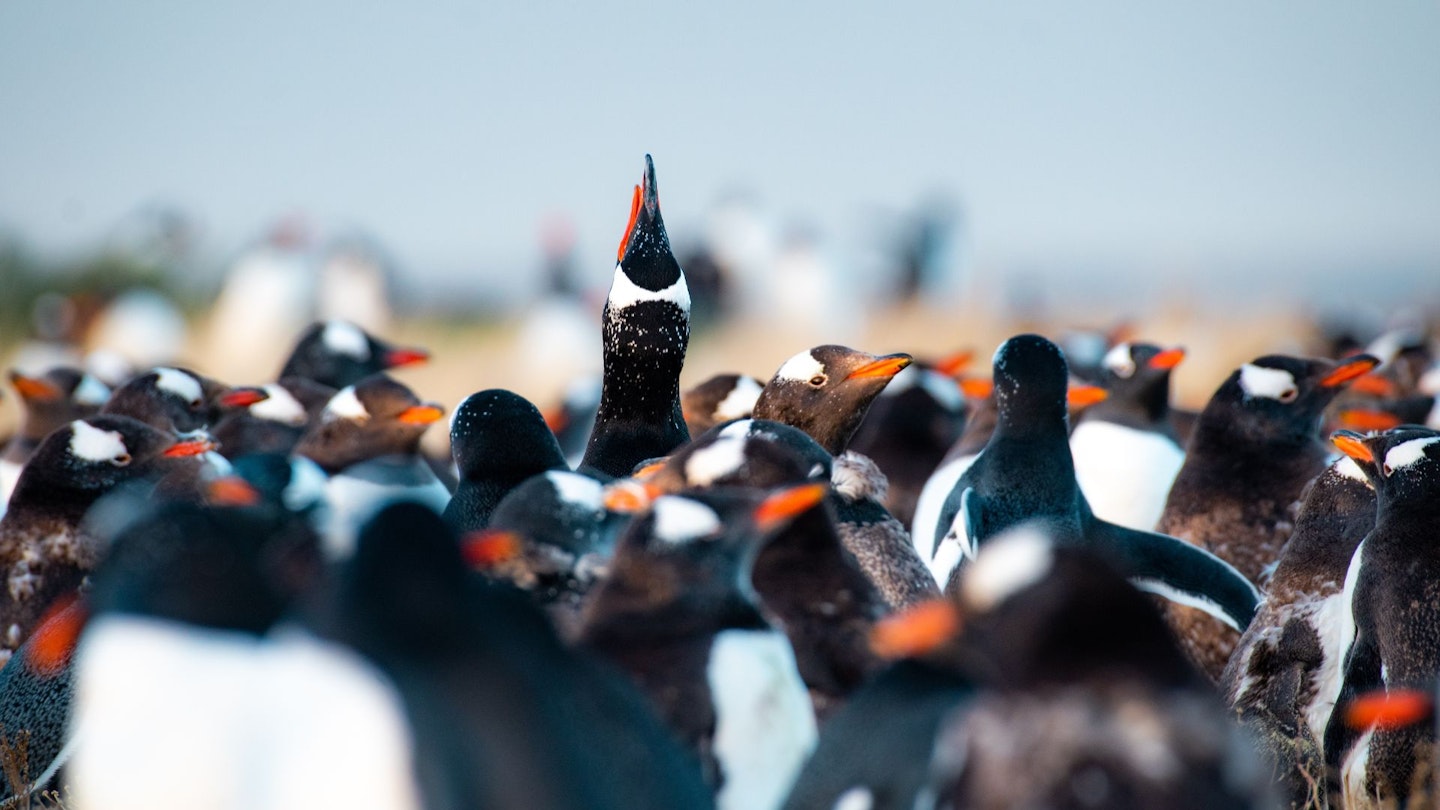
Summer (December to February) is a great time to visit the islands, as it is the best time to see wildlife, with penguin eggs hatching or playful chicks learning to get on their feet. It is also a great time to see the elephant seal pups as they will still be on shore, whilst the sea lions will be coming into mate.
The Falkland Islands is also home to 70% of the global population of black-browed albatross, as well as five different species of penguin (king, Magellanic, southern rockhopper, gentoo & macaroni), some of which have permanent colonies that are active all year round. Meanwhile, elephant seals, sea lions and whale species like the sei, blue and humpback make frequent visits throughout the year.
Getting there
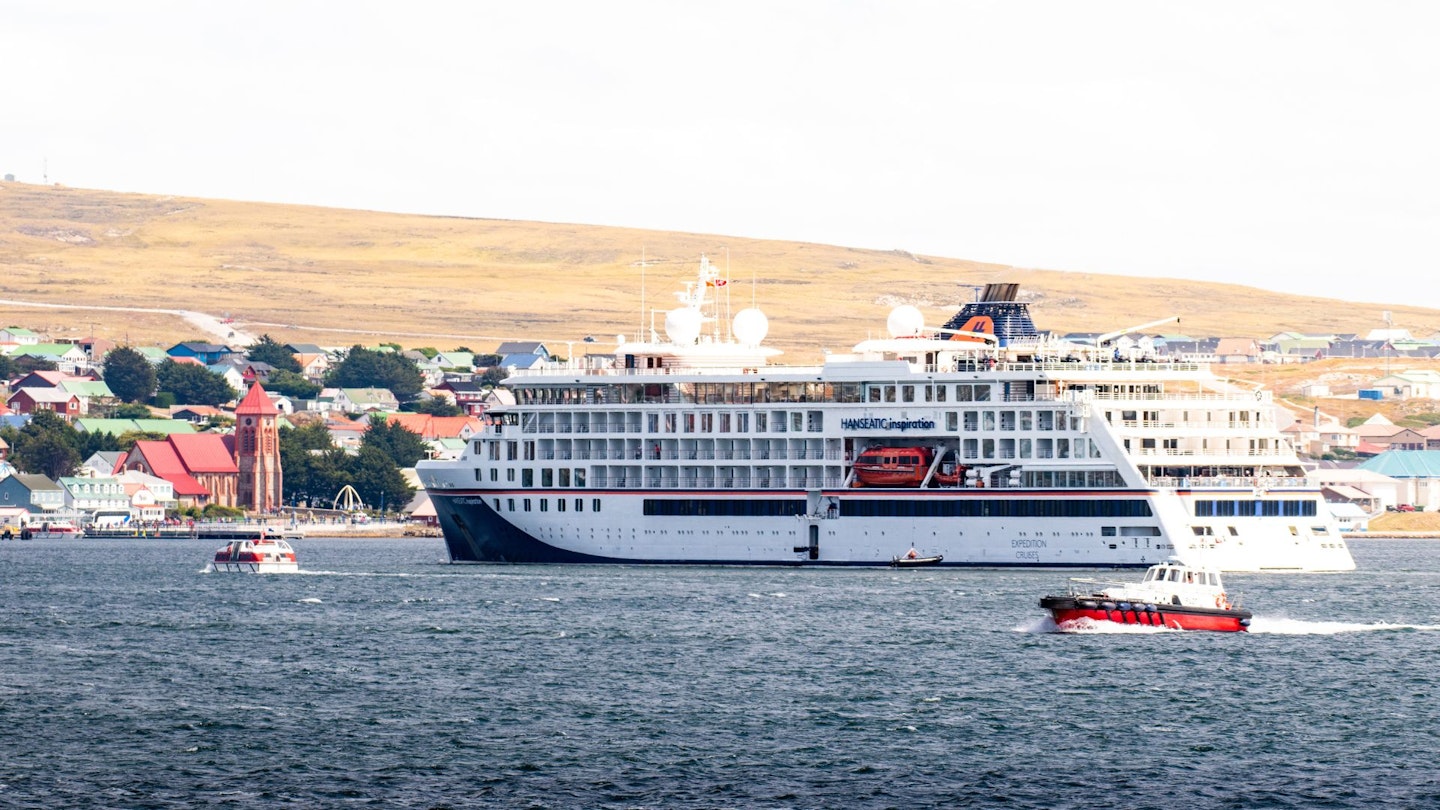
As a British overseas territory, it’s surprisingly easy to get to the Falklands, with flights leaving from Oxfordshire (with a brief refuelling stop at Ascension Island) twice weekly, operated by the RAF Airbridge. You can also fly via the South American mainland, with weekly departures from Santiago de Chile.
All flights arrive at Mount Pleasant Airport on East Falkland, where a bus can take you to Stanley.
So, what are you waiting for? Explore, relax, enjoy and escape on the ultimate island adventure. Find out more at www.falklandislands.com
